The art of
job matchmaking
There’s a certain finesse required in any artistic process and matching people with jobs is no different. Speaking to some of our Datafin Recruiters, I uncovered what goes into the art of job matchmaking. To get that almost “perfect match” – when connecting a candidate and client in a successful career union.
We may not be playing cupid and matchmaking dating profiles for a “love connection” but there’s definitely similarities in the process of how we go about it.
Getting to know both parties and their expectations -
In the dating realm, singletons often have a mental checklist of traits their potential love interest should meet, in order to deem them eligible enough. So too, our clients and candidates have their criteria of what they desire in the workspace.
Like they say, some people marry for money and others for love. Often a person would prefer a more favourable remuneration package or higher commission. Others want a company they can feel is their “work home” where their passion for what they do can ignite and grow.
Datafin Consultant Wendy Campbell says it requires delving deeper when getting to know a potential job seeker to get an understanding of the reasons they would like to make a career move.
“Once I have met with my candidate I naturally dig deep into what makes them happy and unhappy, its heart wrenching to hear the stories of candidates who have not found their “home” and I choose to take a personal journey with each individual creating a safe space for them, which helps me determine their commitment to the process as this is their life.
“Understanding the capabilities and successes of an individual makes it much easier to place them in roles where they can now flourish and grow,” explained Campbell.
But to place a candidate in that job they can call “home”, Campbell expressed, it was fundamentally important to get to know our clients. The people at the helm of the companies who will ultimately become their new employer. A clear idea of who they are, their vision and the type of worker, and more often than not, the attached personality they’re on the hunt for.
“When identifying and finding suitable candidates its firstly knowing your client, who they are, what makes them who they are as a business, as people, the culture, the diversity – these are way over and above what the job spec is asking for”, added Campbell.
Sharing this sentiment, Recruiter Amy Singh says in the art of job matchmaking, she promotes the job opportunity by selling the company and its unique offerings to the candidate.
“For me I don’t only sell the opportunity to them – I also sell the company/ client and tell them as much as they need to know about the company/ culture/ team dynamics.”
In the dating arena, the engagement often helps either party pick up on red flags and determine if you share similar values. Similarly in the art of job matchmaking, Consultants need to spot any areas of concern.
Candidates track records often determine their staying power at a job. Constantly changing jobs which may present as “job hopping” or “jumping ship” – could result in not being shortlisted for a position.
It’s key during candidate interviews, believes Singh, to discover if the jobseeker and the client’s values actually align.
“You have a gut feel when you actually have a conversation with them and hear about their achievements and what attracted them to the spec/ role. The way they converse as well – I feel if this conversation is going so well then, my client is going to love them.
“People these days will leave a job because it doesn’t align with their values/ company culture so getting that info across from the start is a recipe for success,” she tells.
Recruiters serve as the link playing job matchmaker between candidate and client. When filling a role, there are obvious criteria to be met which include qualifications, experience and skillset. But then also what Consultant Michelle Roberts calls, the “behind the scenes” scrutiny in the attempt to make that “perfect match”.
“…what is not on the formal job spec… The fact that they have the same industry experience or work for a competitor. The fact that they are outgoing or introverted personality. They have a preference to a certain kind of music or a hobby that many in the team share. Gaming for instance,” she added.
All the Consultants believe finding the right catch relies on a good dose of intuition and when it comes to aspects like culture fit, it can become a “tricky” affair.
“Aligning skills, experience, and qualifications on paper is the easy part, but finding the right culture fit is where it gets tricky.
“Some clients make it simple—when they ask for a BEng degree, for example, you know they’re looking for a particular type of thinker. But others are vague saying they want someone who is just “nice”—and that’s where you have to rely on the insights gathered from intake meetings and gut instinct.
“The “perfect match” isn’t always about ticking boxes; sometimes, you just feel it. Maybe it’s a candidate’s passion, their hobbies aligning with the company culture, or just the trust you’ve built with both the client and candidate that tells you they’ll work well together,” reveals Consultant Bethany Sellar.
Usually once a “love match” is made, the couple want to know how serious the other is about the path ahead. In Recruitment, successful placements often hinge on how serious a candidate is about the future of their career.
Campbell explains: “It’s important to try see the seriousness of a candidate’s motivations, which can be tricky sometimes but for those that are serious about their careers, it’s creating a clear canvas and guiding them through the highs and lows of the recruitment process and them always knowing you have their backs.”
Share this story
